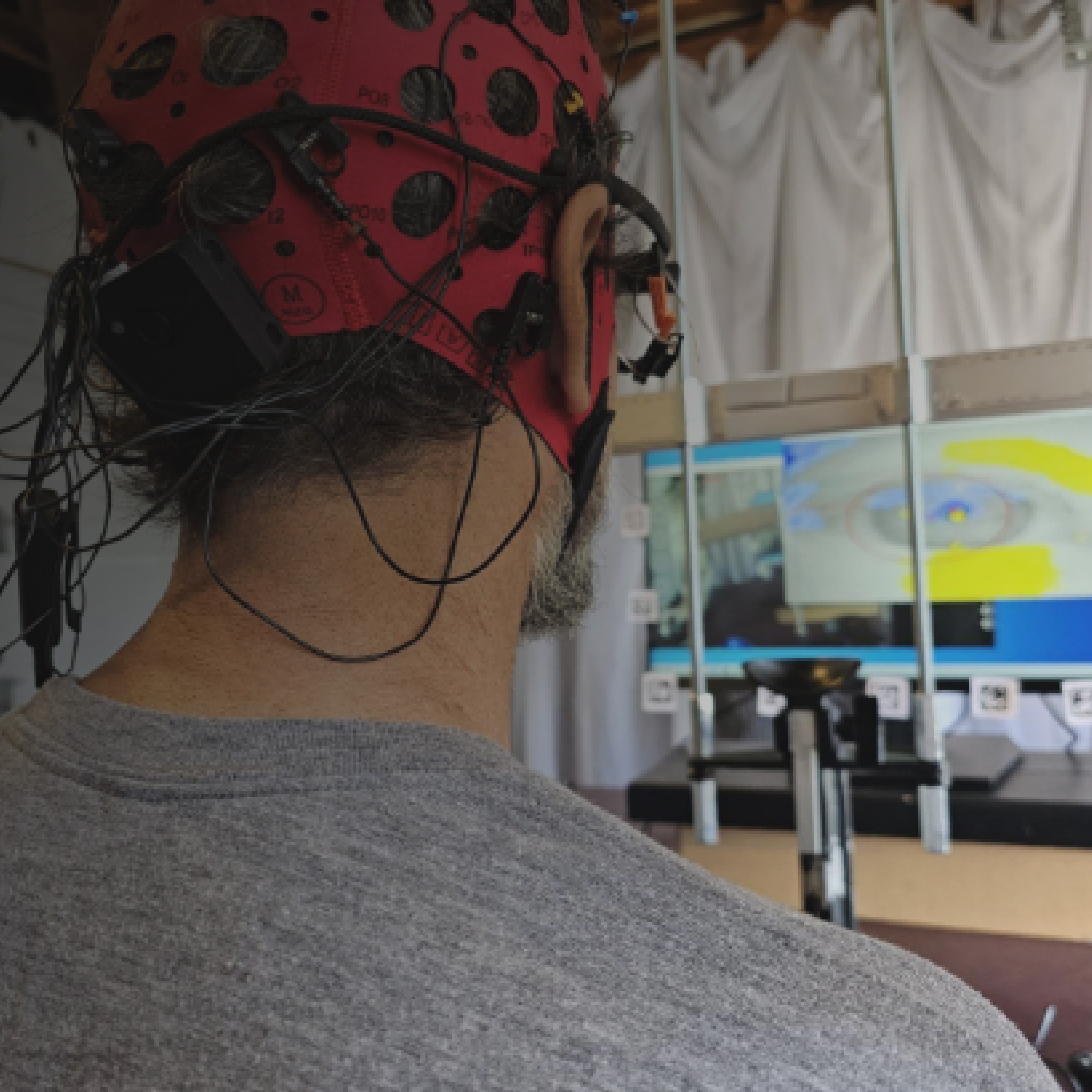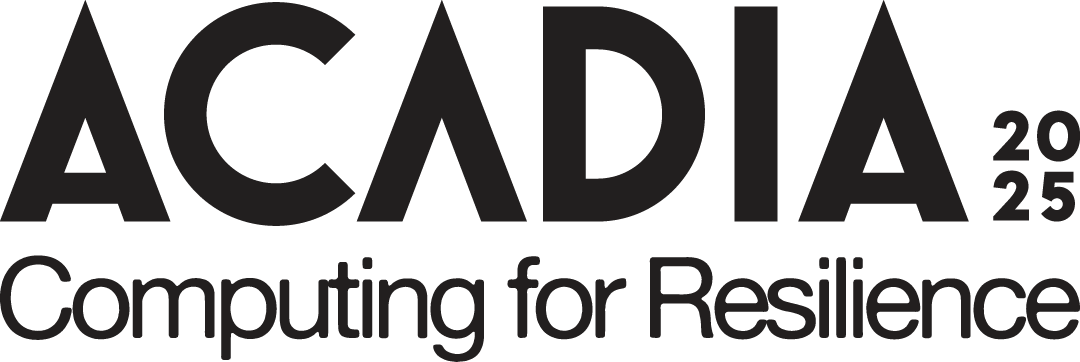
Neuroscience for Architecture: Agent-Based Modeling for Spatial Cognition
Registration Link
Workshop Registration opens September 8th, 2025! Click the link above to be notified when registration becomes available.
Refund and Change Policy
Important: Refund and change requests will not be accepted beyond Monday, October 20th.
Location : Online
Workshop Team
Dr. Kristine Mun, Board of Directors, ANFA Academy of Neuroscience for Architecture
Arkar Hein, Neuroscience Researcher & Environmental Designer, Advisory Council, ANFA Academy of Neuroscience for Architecture
Workshop Description
This one-day online workshop is divided into two parts:
Part 1 introduces architects and designers to Neuroscience for Architecture (NfA), its history, relevance, and key contributors. It covers how neuroscience informs spatial perception, cognition, and behavior, and surveys design work where NfA principles have been applied. Core concepts such as memory, attention, sensory processing, and spatial cognition will be introduced, along with methods for integrating neuroscience into architectural thinking.
Part 2 demonstrates an NfA approach using behavioral proxy modeling through Agent-Based Modeling (ABM) as a tool for understanding spatial cognition and neurological diversity. Participants will work with pre-coded ABM scripts in Rhino + Grasshopper to explore human navigation patterns informed by neurodiverse traits. The focus is on adjusting simplified parameters, such as memory decay or landmark reliance, and analyzing how design choices impact movement and engagement.
Through structured demonstrations and hands-on exercises, participants will examine how spatial conditions like corridor width or sequence influence agent behavior. The final output is a visually structured PDF with heatmaps and design reflections. The workshop provides an accessible entry into neuroscience-informed design thinking without requiring coding expertise. It offers architects a method for exploring spatial equity, resilience, and inclusion using behavioral proxies, not as a clinical or diagnostic tool.
Key Learning Outcomes
- Understand core principles in neuroscience for architecture (NfA) approach in design
- Understand an example of NfA work related to spatial navigation: memory, attention, and sensory regulation
- Learn to adjust behavior parameters within ABM tools to model cognitive diversity
- Interpret simulation outputs in relation to layout decisions and design strategies
Workshop Format
Online Workshop - One Day, 6 Hours Total
Workshop Schedule
Day 3 – Wednesday, November 5 (9:00 am - 5:00 pm)
Part 1: Foundations of Neuroscience for Architecture (Morning Session)
Module 1: Introduction and Framing (45 minutes)
- What is Neuroscience for Architecture (NfA)?
- History, relevance, and key contributors
Module 2: Neuroscience Concepts & Survey (45 minutes)
- Spatial memory, attention load, sensory regulation
- How these concepts relate to design
- Survey of precedent NfA research and applications
Break (15 minutes)
Part 2: ABM Methodology and Application (Afternoon Session)
Lunch: 12:30-1:30 pm
Module 3: ABM Demonstration and Guided Exercise
- Pre-coded model in Rhino + Grasshopper
- Adjusting parameters: memory decay, decision noise, landmark reliance, avoidance zones
- Simulating behaviors reflecting ADHD, Alzheimer’s, and Autism Spectrum traits
Module 4: Applied Testing and Scenario Exploration
- Experimenting with corridor widths, spatial sequences, and landmark placement
- Observing effects on agent navigation and heatmap generation
Module 5: Diagram Preparation and Group Reflection
- 5:00 pm: Workshop outcomes presentation
Equipment and Tools Provided
- Pre-coded Rhino + Grasshopper ABM scripts
- Neuroscience Parameter Guide (PDF)
- Participant Reflection Template (PDF)
Participant Requirements
- Laptop with Rhino8 + Grasshopper installed (trial or full version)
- Basic familiarity with Rhino recommended but not required
- Internet and Zoom access
Detailed List of Materials
- Neuroscience Parameter Guide PDF (provided by instructors)
- Reflection Template PDF (provided by instructors)
- Workshop slide deck and diagrams (digital)
Workshop Outcomes
Participants will leave the workshop with:
- Understanding of core NfA principles and their application in design
- Hands-on experience with Agent-Based Modeling for spatial cognition
- Practical skills in modeling neurodiverse navigation patterns
- Tools for analyzing how design choices impact spatial behavior
- Framework for incorporating neuroscience insights into architectural practice
- Documentation of their exploration through heatmaps and design reflections
